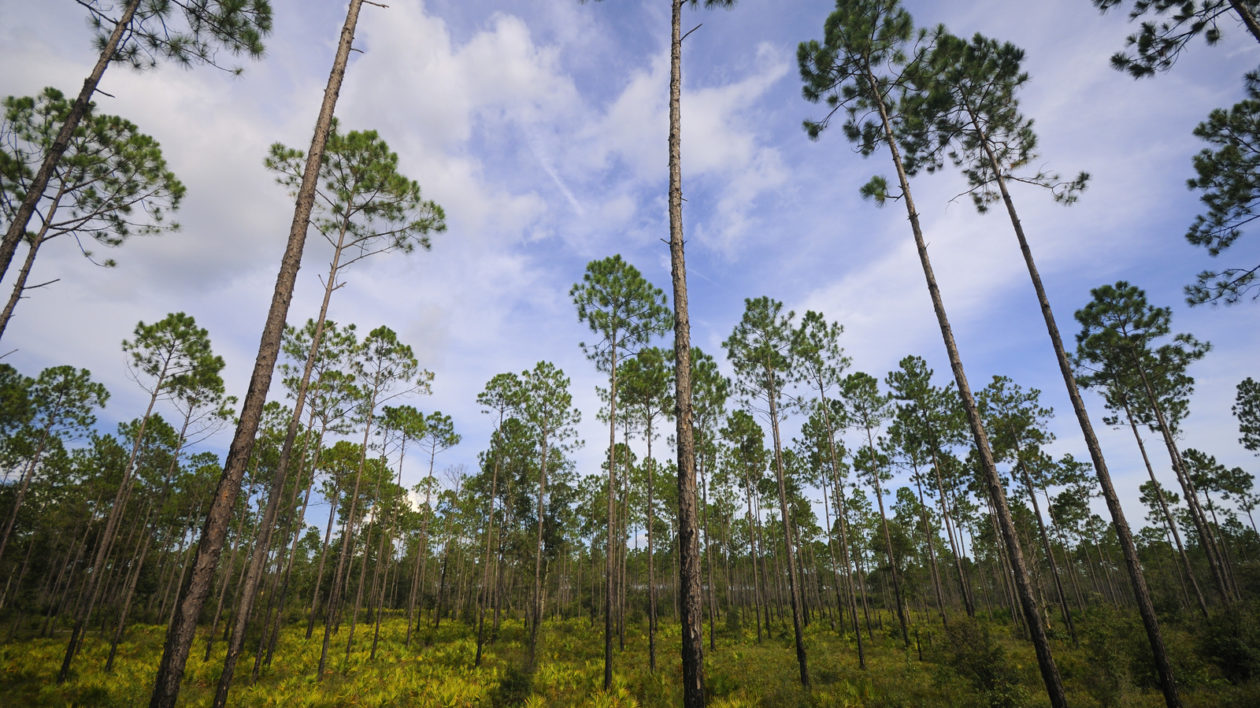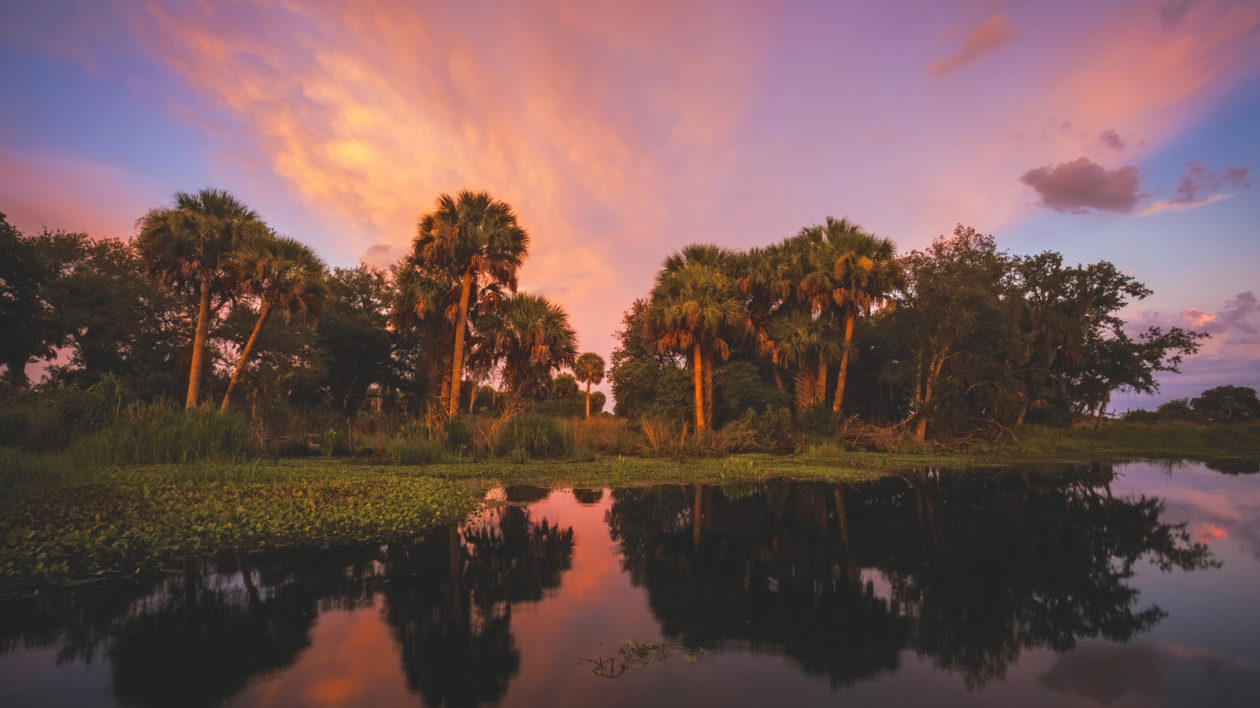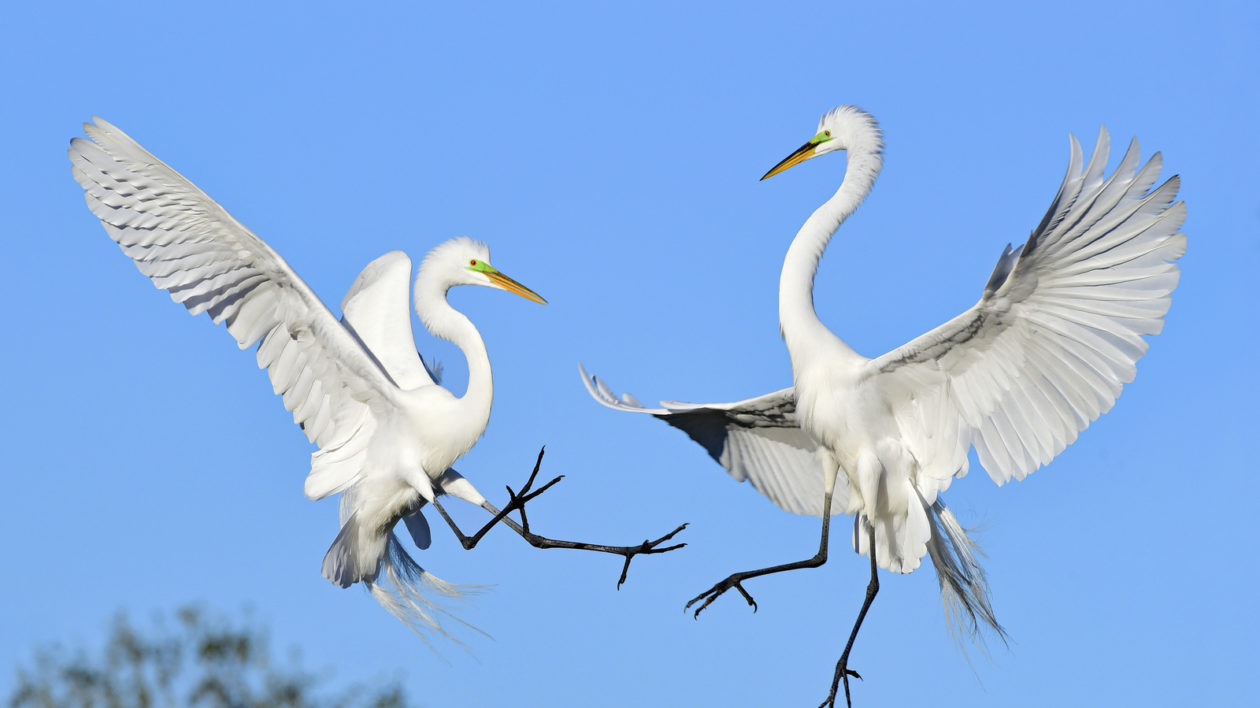Even somewhere as mundane as your backyard can have a hidden history.
Most of us tend to think about the past as separate from the spaces where we live our lives. History happened elsewhere… on those carefully manicured Civil War battlefields, or in the historic home turned into a quaint museum.
But history is often closer than you might think, and it can intersect with our lives in unexpected ways.

I grew up in Central Florida, a land of hurricanes, alligators, and Mickey Mouse. Our neighborhood was once an orange grove, and you can still find old, lone citrus trees scattered throughout the maze of streets. Our yard is shaded by one of the last mature longleaf pines in the area, a hint of the pine and palmetto savannas that preceded the oranges.
I spent my childhood scampering barefoot amid the cypress knees, catching minnows and turtles in the warm, tannin-stained water of Lake Minnehaha. Alligators and otters made regular appearances on our dock, and spring brought fluffy barred owl chicks peering from the nest-box high in the oak trees.
Nature is everywhere, despite the suburban surrounds. So it’s no wonder I grew up to love the outdoors, and to deeply value a sense of place and knowledge of the natural world.

Like many people, life carried me away from my childhood home. I moved away to attend college in the northeast and then followed education and employment opportunities elsewhere. About six years after leaving Florida, I found myself working as an editorial intern for Audubon Magazine in New York City.
In between fact-checking and writing blogs, I absorbed the organization’s origin story. Activists outraged by the mass slaughter of water birds for the millinery trade led the revolt against fashion and founded the National Audubon Society.
Florida’s wetlands were the killing grounds, and so the state was home to one of the first local chapters. On March 2, 1900, conservationists held the first meeting of the Florida Audubon Society at the Louis F. Dommerich estate on the shores of Lake Minnehaha.
My Lake Minnehaha.

The puzzle pieces started falling into place, aided by research from our local college library. Dommerich, a German immigrant who made his fortune in the textile industry, purchased 400 acres of land along the shores of Lake Minnehaha in 1891. He built a winter house on the lakeshore, Hiawatha Grove, where those early conservationists met to establish the local Audubon chapter.
Teddy Roosevelt, then governor of New York, was one of the chapter’s first officers. So was Frank Chapman, then curator of the American Museum of Natural History and the founder of the Christmas Bird Count. Dommerich became Florida Audubon’s first president, with his wife Clara serving as secretary-treasurer.
Together with other state chapters, Florida Audubon helped gather support for the Lacey Act, which prohibited the interstate trade of any wildlife killed in violation of state laws. Passed in 1900, it was a crucial step in ending the wild bird trade in the United States. Without it, snowy egrets and great blue herons might have been a rare sight in my backyard.

Hiawatha Grove stood until 1954, when developers cleared both the house and the orange groves to make way for a new neighborhood: Dommerich Estates. Construction workers turned the long estate drive into my childhood street, ending in a cul de sac roughly where the old estate house once stood.
As a dedicated birder and conservationist, I was chuffed to think that such a momentous step in conservation history took place just a few doors down the street. And then it hit me….Teddy Roosevelt walked through my backyard. Probably.
Without access to more records, I can’t pinpoint exactly where Hiawatha Grove once stood. (Although I know it’s quite close, within a few hundred feet of my childhood home.) And I don’t have hard evidence that Roosevelt attended a chapter meeting, although it’s highly likely.
Perhaps I’ll investigate further on my next trip home. But until then, I like to imagine a very probable scenario: Roosevelt strolling along the lakeshore, stepping around cypress knees and watching quietly as ibis probe the shallows with their beaks. Red-eared sliders plunk into the water as he approaches. An anhinga croaks a warning. And overhead an osprey calls, perching high in the longleaf pine that now shades my driveway.
Others walked here before him.
Soldiers marching out of nearby Fort Maitland, established in 1893 during the Second Seminole War. The Seminole people, who called this area Fumecheliga (musk melon place) before they were driven out at gunpoint. And before them the Timucua, who lived in small villages surrounded by wooden palisades, which I dutifully recreated in a diorama project in grade school.
While I can’t trace Roosevelt’s exact footsteps, this discovery reminds me that something happened here. And the places we mistake as mundane, our humble backyards, hold a fascinating history.




More information about Hiawatha Grove and it’s location is available on the Facebook page Maitland History. I have posted many answers to the questions about this incredible Dommerich Family Winter residence.
I grew up in that neighborhood I remember riding my bike down the hill on your street weaving and turn trying not to crash in your bushes. Loved your neighborhood.
Thought you might like to see some more info about the origin of Audubon societies – Mass Audubon was the very first: https://www.massaudubon.org/about-us/history
I’m happy to get you more info if you are interested!
hi Justine i was wandering how i can help save forests
“Tear down Hiawatha Grove, put up a parking lot…or a cul de sac! Floridians, sign up here to destroy
Lake Minnehaha, the vast wetlands and its amazing biodiversity, all of our Earth’s Natural & wondrous Gifts. Sign Up!
Thanks for a thoughtful and thought-provoking article — and greetings from the shores of Lake Minnehaha! Bob & I enjoy reading your work.
Love these Cool Green Science posts! I’m a career nature writer myself (I also run a natural history focused guiding business), and I applaud the work you’re doing in researching, writing, and assembling these exciting stories. I, too, find novels without nature in them, or nature gotten wrong in them, frustrating. One novel that comes to mind that’s a real page-turner and also rich in solid science and natural history is Andrea Barrett’s “Voyage of the Narwhal.” For murder mysteries, my all-time favorites are those written and published in Australia by Arthur Upfield. Upfield knew his way around the wild places and wild things of Australia and helped inspire my own nine trips there. He wrote in roughly the same time period as Agatha Christie, and in his day would have been seen, and seen himself, as a champion of the Aborigines. Unfortunately, while portraying the original Australians in a largely positive light, he repeats some of the old stereotypes as well as the notion that the Aboriginal Australians were a “dying race.” Placed in context, though, his books are set all over Australia and abound in authentic landscapes and wild things. OK, that’s all for now. Thanks to Justine, Matthew, and the rest of the team for your excellent work! I’m enjoying your stories.
Justine – thanks for this article, and this https://www.massaudubon.org/about-us/history might interest you – Mass Audubon was the first Audubon Society, and was founded by women.